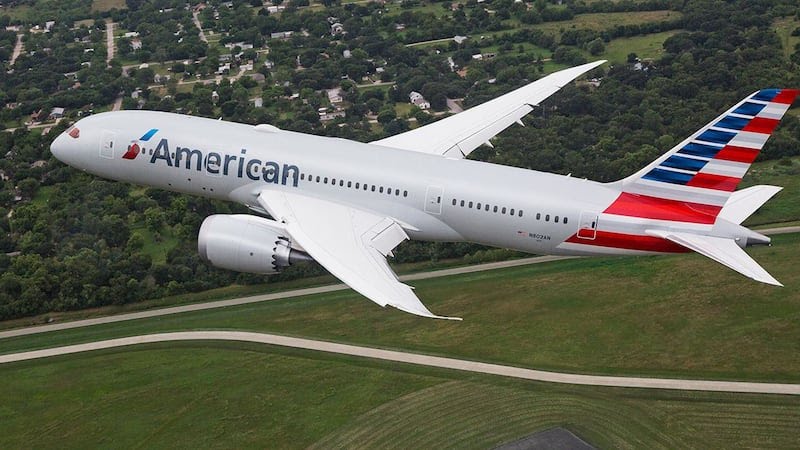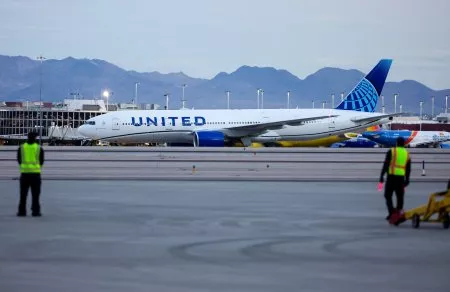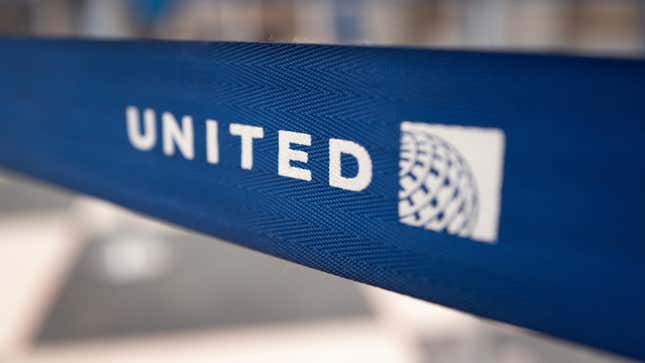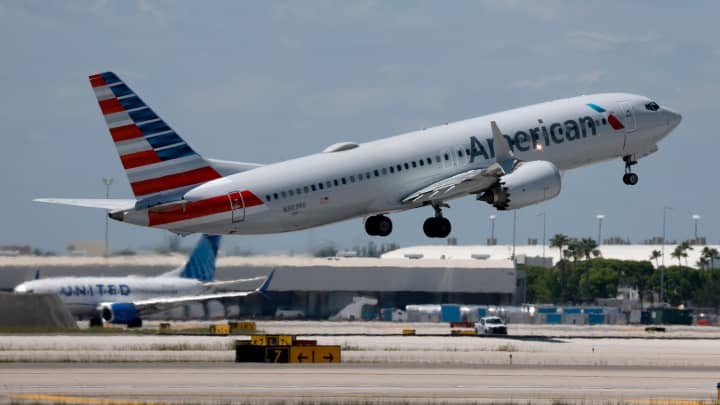4 American Airlines Flight Attendants Injured After Airbus A321 Hit Turbulence
American Airlines Flight 2905 is a nonstop flight using an Airbus A321 twinjet from Tampa International Airport (TPA) to Charlotte Douglas International (CLT). According to local news outlet WBTV, the jet experienced unexpected turbulence along the aircraft’s 547-mile flight path, resulting in all four cabin crew members sustaining injuries.The severity of the injuries is unknown at this point. However, after the aircraft landed safely at its destination airport, the crewmembers were transported to a local hospital for further evaluation. Simple Flying has contacted American Airlines to find out how they’re doing and will update this page if a response is received.Onboard the flight were 154 passengers and six crew; thankfully, no other injuries were reported. The two remaining crew members were the flight crew, who are always strapped in while at their station.
American Airlines released the following statement:
“American Airlines flight 2905 with service from Tampa (TPA) to Charlotte (CLT) landed safely at CLT after encountering unexpected turbulence. We thank our crew members for their professionalism and our customers for their understanding.”
The turbulence likely was clear air turbulence that weather radar cannot detect. CAT can only be avoided if other aircraft report itIt seems there has been a marked increase in turbulence-related injuries in recent years, although some would argue it’s simply getting more media attention. But the numbers don’t lie, and studies done by the University of Reading in the UK into transatlantic turbulence events found severe turbulence increased by 55% between 1979 and 2020.
Notable recent events where people have been injured during turbulence include Air Europa Flight 45, Qatar Airways Flight 17, and Singapore Airlines Flight 321 – which resulted in the death of a passenger.The scientific community agrees that climate change and global warming are exacerbating turbulence, and that passengers should expect air travel to become more bumpy. Paul Williams, a professor of atmospheric science at the University of Reading, told USA Today that more severe turbulence was expected






